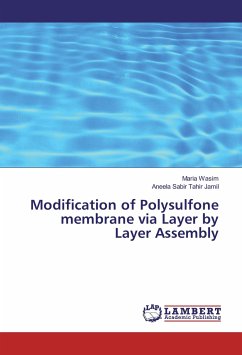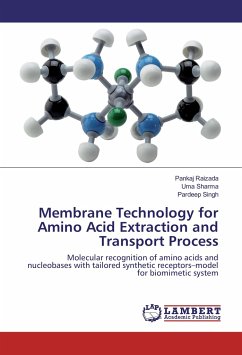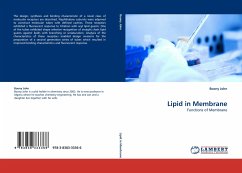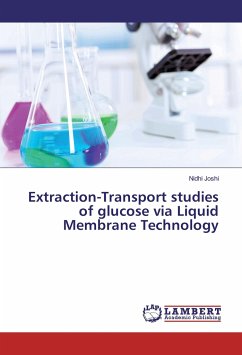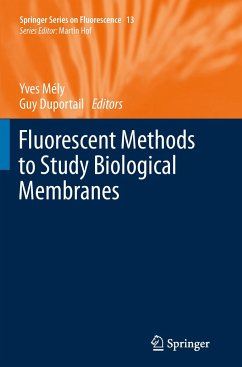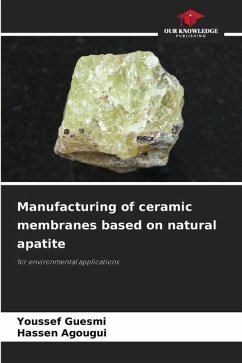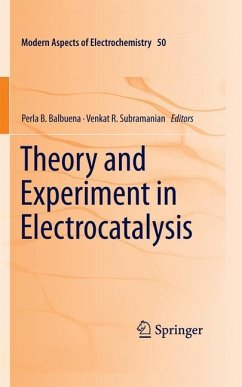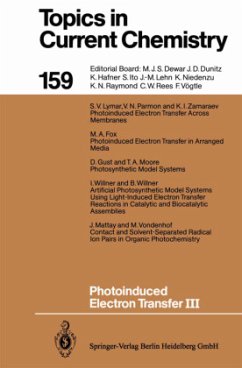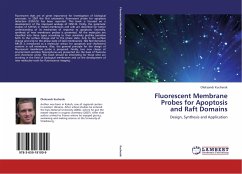
Fluorescent Membrane Probes for Apoptosis and Raft Domains
Design, Synthesis and Application
Versandkostenfrei!
Versandfertig in 6-10 Tagen
39,99 €
inkl. MwSt.

PAYBACK Punkte
20 °P sammeln!
Fluorescent dyes are of great importance for investigation of biological processes. In 2007 the first ratiometric fluorescent probe for apoptosis detection (F2N12S) has been reported. This book is focused on a development of the improved analogs of F2N12S. Firstly, the systematic studies of F2N12S in model membranes and cells are described for better understanding of its mechanism of response to apoptosis. Secondly, synthesis of new membrane probes is presented. All the molecules are classified into three types according to their sensitivity profiles (sensitive both to the surface charge and t...
Fluorescent dyes are of great importance for investigation of biological processes. In 2007 the first ratiometric fluorescent probe for apoptosis detection (F2N12S) has been reported. This book is focused on a development of the improved analogs of F2N12S. Firstly, the systematic studies of F2N12S in model membranes and cells are described for better understanding of its mechanism of response to apoptosis. Secondly, synthesis of new membrane probes is presented. All the molecules are classified into three types according to their sensitivity profiles (sensitive both to the surface charge and to the phase state, only to the surface charge and only to the phase state of lipid membranes). Nile Red derivative NR12S is introduced as a molecular sensor for apoptosis and cholesterol content in cell membrane. Also, the general principle for the design of fluorescent membrane probe is proposed. Finally, two new classes of environment-sensitive fluorophores are presented (on the base of fluorene and chromone units). This book should be interesting for those who are working in the field of biological membranes and on the development of new molecular tools for fluorescence imaging.



